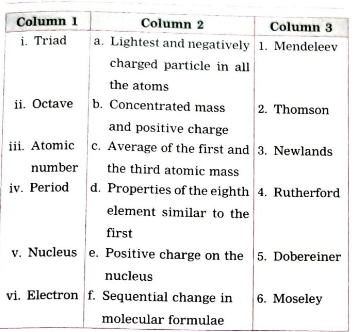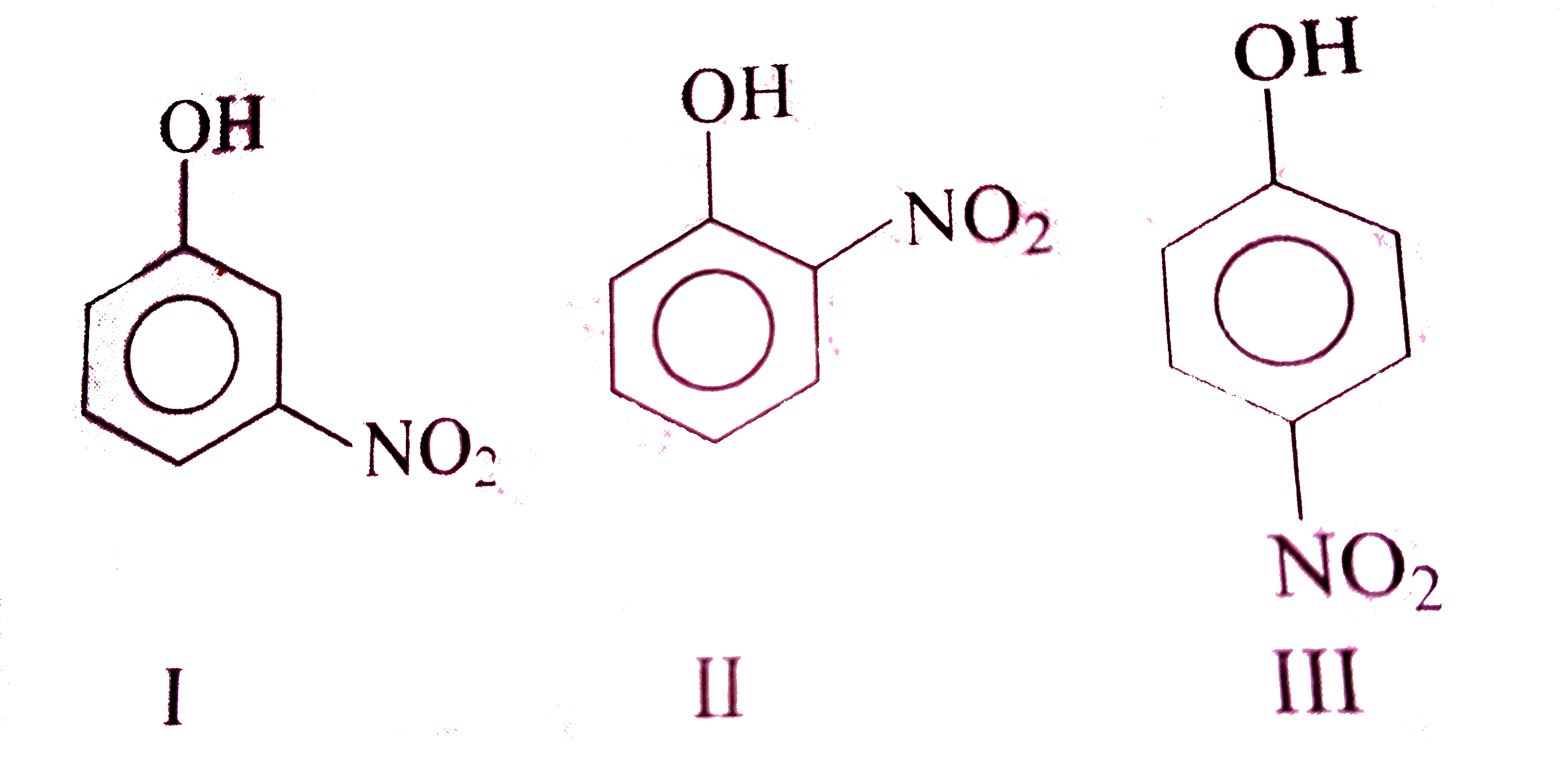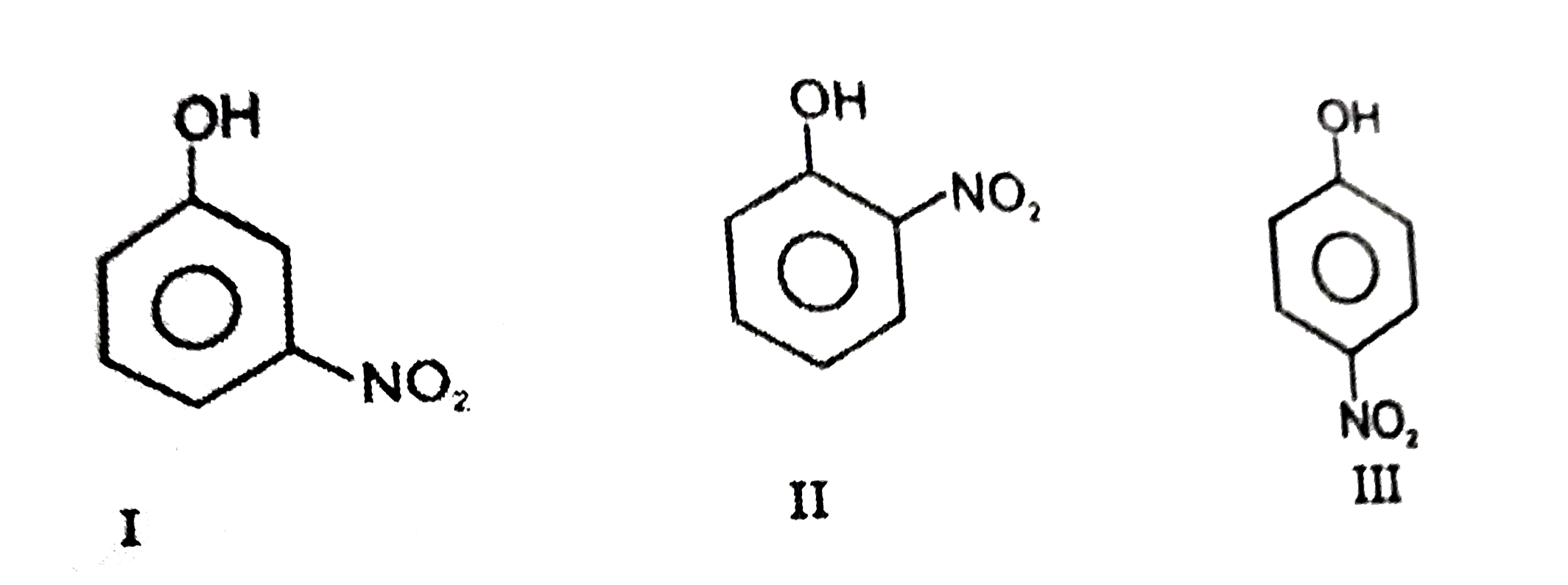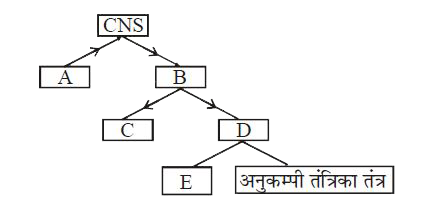Answer the equation based on the given data
 Arrange the above elements in an increasing order of atomic radii.Does this arrangement match with the pattern of the group in the above answer?Solution in Marathi
Arrange the above elements in an increasing order of atomic radii.Does this arrangement match with the pattern of the group in the above answer?Solution in Marathi
Step by step video & image solution for Answer the equation based on the given data Arrange the above elements in an increasing order of atomic radii.Does this arrangement match with the pattern of the group in the above answer? by Chemistry experts to help you in doubts & scoring excellent marks in Class 10 exams.
Updated on:21/07/2023Topper's Solved these Questions
- PERIODIC CLASSIFICATION OF ELEMENTSBOOK - BAL BHARTICHAPTER - PERIODIC CLASSIFICATION OF ELEMENTSEXERCISE - Exercise
38 Videos
- PERIODIC CLASSIFICATION OF ELEMENTSBOOK - BAL BHARTICHAPTER - PERIODIC CLASSIFICATION OF ELEMENTSEXERCISE - Can you tell?
9 Videos
- METALLURGYBOOK - BAL BHARTICHAPTER - METALLURGYEXERCISE - Exercise
30 Videos
Similar Questions
Rearrange the columns 2 and 3 so as to match with the column 1:

View SolutionAnswer the following questions:
Identify Dobereiner's triads from the following groups of elements having similar chemical properties:
Mg(24.3),Ca(40.1),Sr(87.6)
S(32.1),Se(79.0),Te(127.6)
Be(9.0), Mg(24.3), Ca(40.1).
View SolutionAlloy of sodium with mercury.
View SolutionArrange the above hydrides in order of increasing basic nature.
View Solution
Arrange above phenol in increasing order of pKa value:
View Solution
Arrange the above phenols in increasing order of Ka value.
View Solution
Arrange above phenol in increasing order of pKa value:
View SolutionIn the modern periodic table, the elements are arranged in the increasing order of their atomic number. This arrangement is based on the modern periodic law, which states that the properties of elements are a periodic function of their atomic numbers. In the modern periodic table, each column is called a group and each row is called a period. Elements within the same group show similarity and gradation in properties. This is due to the same number of electroms in the outermost shell . Based on the above paragraph, answer the following question: What is the number of valence electrons in an element of group 1 and group 18 respectively?
View SolutionArrange the above elements in a decreasing order of their atomic radii.
View SolutionArrange the above elements vertically downwards in an increasing order of atomic radii.
View SolutionArrange the above elements in an increasing order of atomic radii. Does this arrangement match with the pattern of the group in the above answer?
View Solutionउपरोक्त में से कौनसा उत्तर तंतुओं के सही व्यवस्था को दर्शाता है।

View SolutionAnswer the equation based on the given data
 Arrange the above elements in an increasing order of atomic radii.Does this arrangement match with the pattern of the group in the above answer?
Arrange the above elements in an increasing order of atomic radii.Does this arrangement match with the pattern of the group in the above answer?
View SolutionAnswer the equation based on the given data Which of the above elements have the biggest and the smallest atom?
View SolutionIn the modern periodic table, the elements are arranged in the increasing order of their atomic number. This arrangement is based on the modern periodic law, which states that the properties of elements are a periodic function of their atomic numbers. In the modern periodic table, each column is called a group and each row is called a period. Elements within the same group show similarity and gradation in properties. This is due to the same number of electroms in the outermost shell . Based on the above paragraph, answer the following question: What is the number of valence electrons in an element of group 1 and group 18 respectively?
View SolutionArrange the above elements in a decreasing order of their atomic radii.

View Solution
